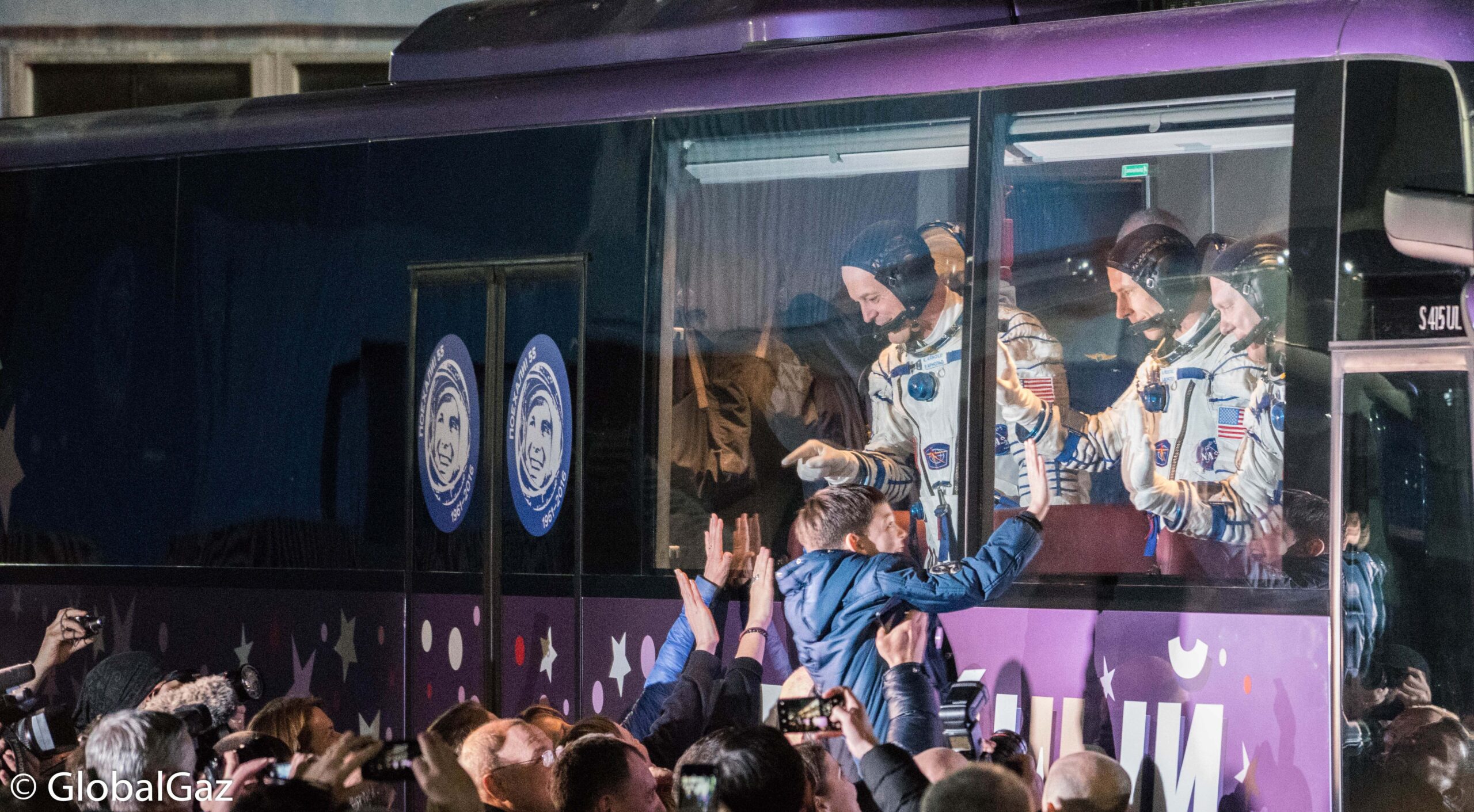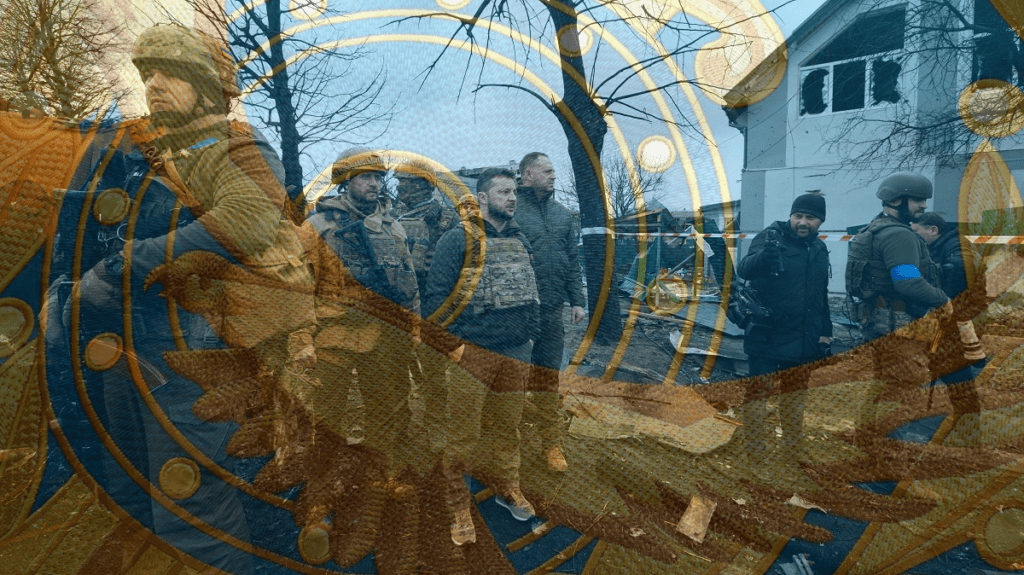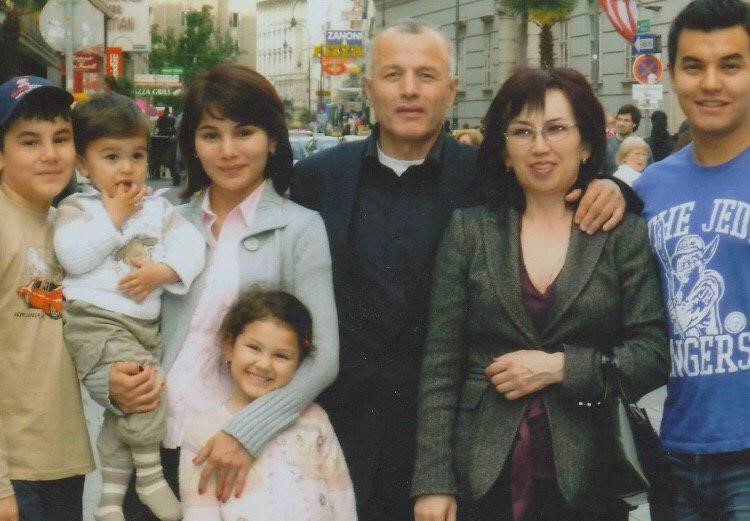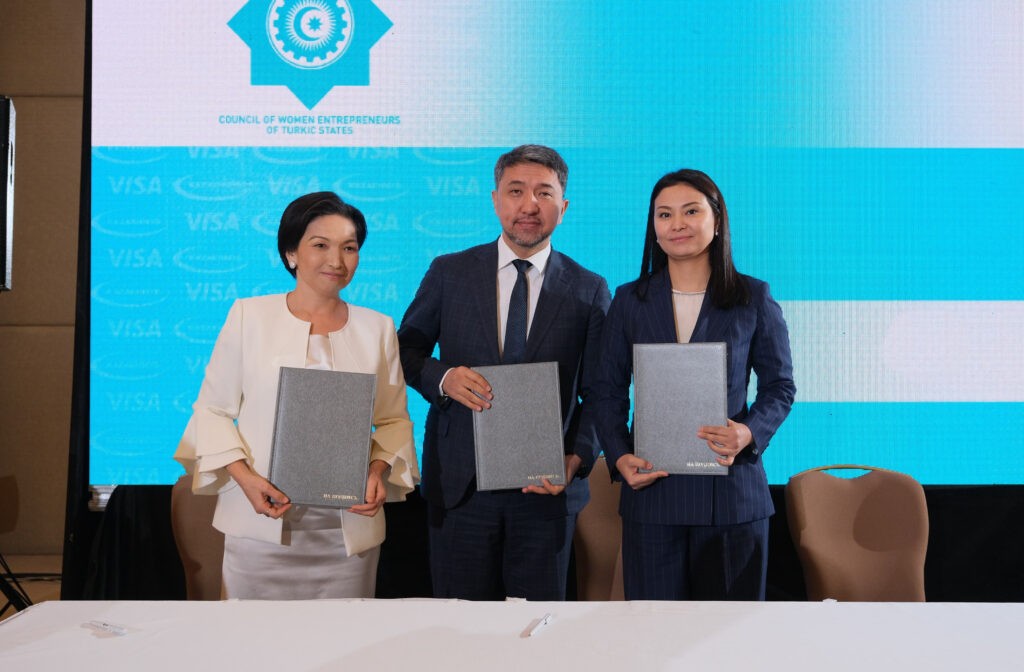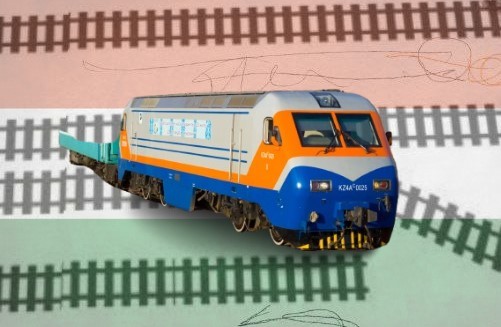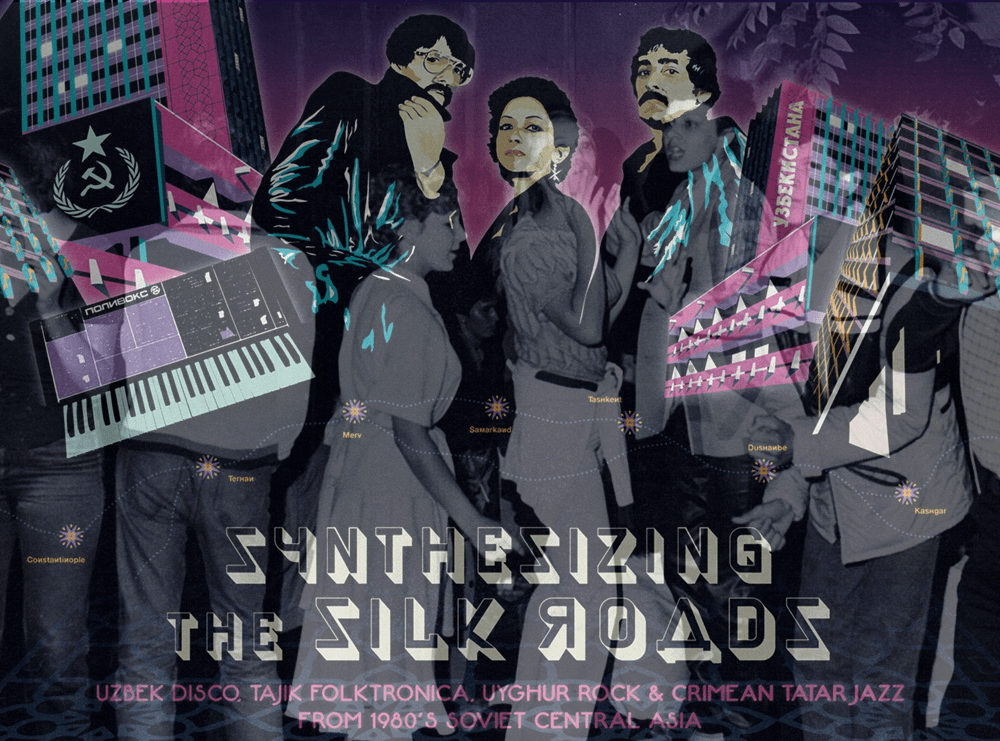Space tourism is a growing industry, with visitors to Baikonur attending launches, especially missions to the International Space Station. The town is a leased Russian enclave ensconced within Kazakhstan, including the cosmodrome which is controlled by Roscosmos, the Russian space agency. After NASA ended its Space Shuttle program in 2011, Baikonur became the only launch site to the International Space Station (ISS) until 2020. Now, 60 years after space travel began, it still remains an important gateway to the stars.
As described by Megan Eaves, “Baikonur is in many ways a perfect relic of the Soviet 1960s. Stoic mosaics depicting muscular comrades heralding a new era of space still decorate entrance gates and the walls of the town’s functional, Brutalist apartment blocks, which once housed construction workers, aerospace engineers and space families. Inside the cosmodrome, crumbling hangars stand side-by-side next to the original, minimalist cottages where Yuri Gagarin and the early cosmonauts slept.”
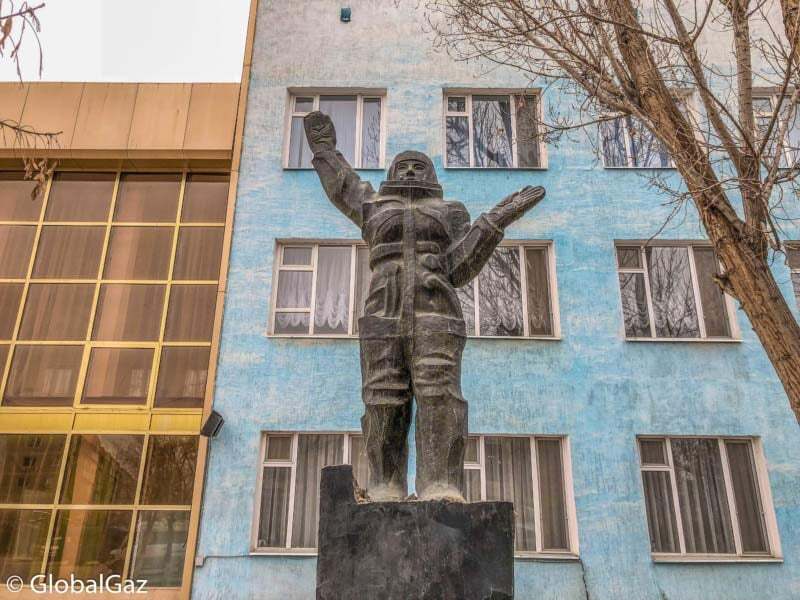
Statue of Yuri Gagarin in the town of Baikonur, Kazakhstan; image: Ric Gazarian
Near a hotel where visitors stay is Cosmonaut’s Alley, a path in a wooded area surrounded by trees planted by all those who launched into space from Baikonur. The first tree that greets visitors is Yuri Gagarin’s from 1961.
Continuing our coverage of Baikonur, TCA spoke to renowned travel blogger, Ric Gazarian, who in 2018 witnessed the MS-08 launch which sent three men on the 55th expedition to the ISS.
TCA: Your blogs about your experience at Baikonur contain a lot of history on the Russian space program; where and when did you find out about Baikonur and the space program? Was there anything in particular that piqued your interest?
Gazarian: There wasn’t a specific moment, but I’ve been intrigued by space travel since I was a kid. NASA is exceedingly cool and fascinating, and so is Roscosmos, but with the addition of the exoticness from a Western perspective. The history and rivalry between the U.S. and the Soviet Union’s space program is so rich. So, when I found out about the opportunity to visit Baikonur and witness a space launch, it was immediately added to my bucketlist.
It was this unique opportunity to witness firsthand Soviet/Russian space traditions. The added bonus is so few people make the effort to visit.
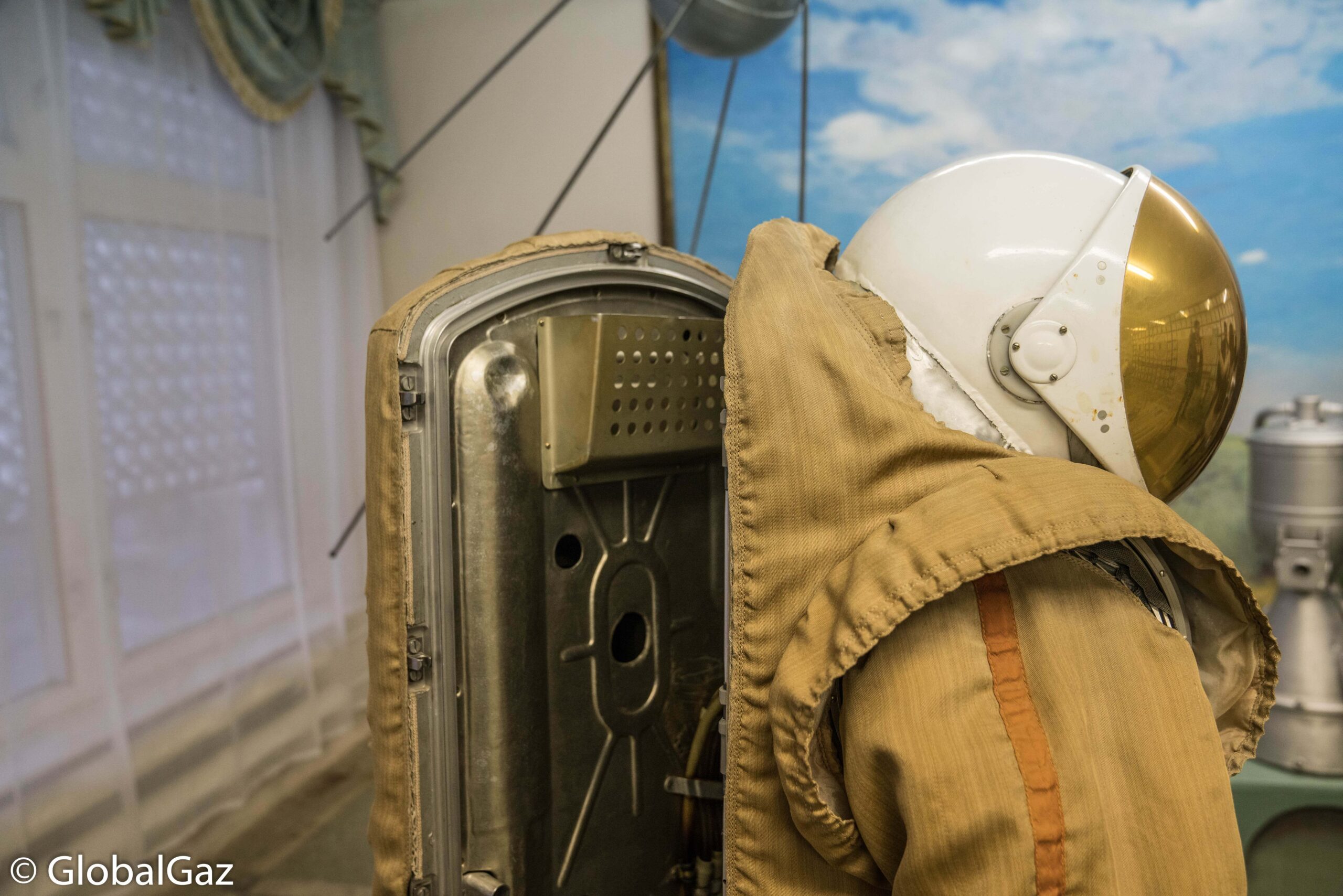
Museum in the Chelomey International Space School, Baikonur, Kazakhstan; image: Ric Gazarian
TCA: You stated that “This was not your typical tourist trip to Paris…This was a group of space geeks and Soviet fan boys.” Which one are you?
Gazarian: A little bit of both. One experience we had was watching the cosmonauts leave their quarantine hotel and board the bus to take them for their final preparations before the launch. A crowd of a couple of hundred people had circled their bus; it was a rock star moment. To know these guys were soon to be launched into space touches you emotionally.
And yes, this is a dream come true for Soviet fan boys. The history, culture, images and the monuments date back to the inception of the space program, and you can relive it here.
TCA: How easy was it to arrange and how affordable was it? Could independent travelers cut some corners to make it happen, or do they need to do it strictly through a tour company?
Gazarian: It was straightforward. I contacted a company that specialized in these tours. I sent my money and a scan of the passport, and they took care of my visit to Baikonur. The reality is that Baikonur isn’t centrally located for many Western travelers. It does take a bit of extra effort to make your way there.
When I went it was approximately €2,000 for a four-night/five-day trip. In my opinion, it was truly great value. The days were incredibly full, and the access was fantastic. I felt like we were VIPs.
I believe you can visit Baikonur with the proper permission, but I’m not sure how feasible it is to see and do what we did independently in the actual space base and launch area.
TCA: What were the highlights of your trip?
Gazarian: We saw the cosmonauts a second time for a brief ceremony in the evening. As they departed, spectators rushed the bus. I recall a small boy on someone’s shoulders pushed up against the bus window and one of the cosmonauts placing his hand on the other side of the window, and I imagined that this was his son. I got a chill thinking of the magnitude of this situation and the magic that mankind has reached the stars.
TCA: You have some interesting images on your blog of the experience – like the one you describe of the boy pressed up against the bus window. Are there any other favorite ones and why?
Gazarian: My favorite photo was of the sun creeping up behind Gagarin’s Start (the most historic launch pad at Baikonur Cosmodrome from which Sputnik 1 and Vostok 1 were launched. Due to a lack of funding to modernize the pad, it is currently a museum). It was an epic, beautiful moment which made you think of the tradition, of all the years, every space launch where the rocket exits the hanger and makes its way down the tracks on its journey to the stars.
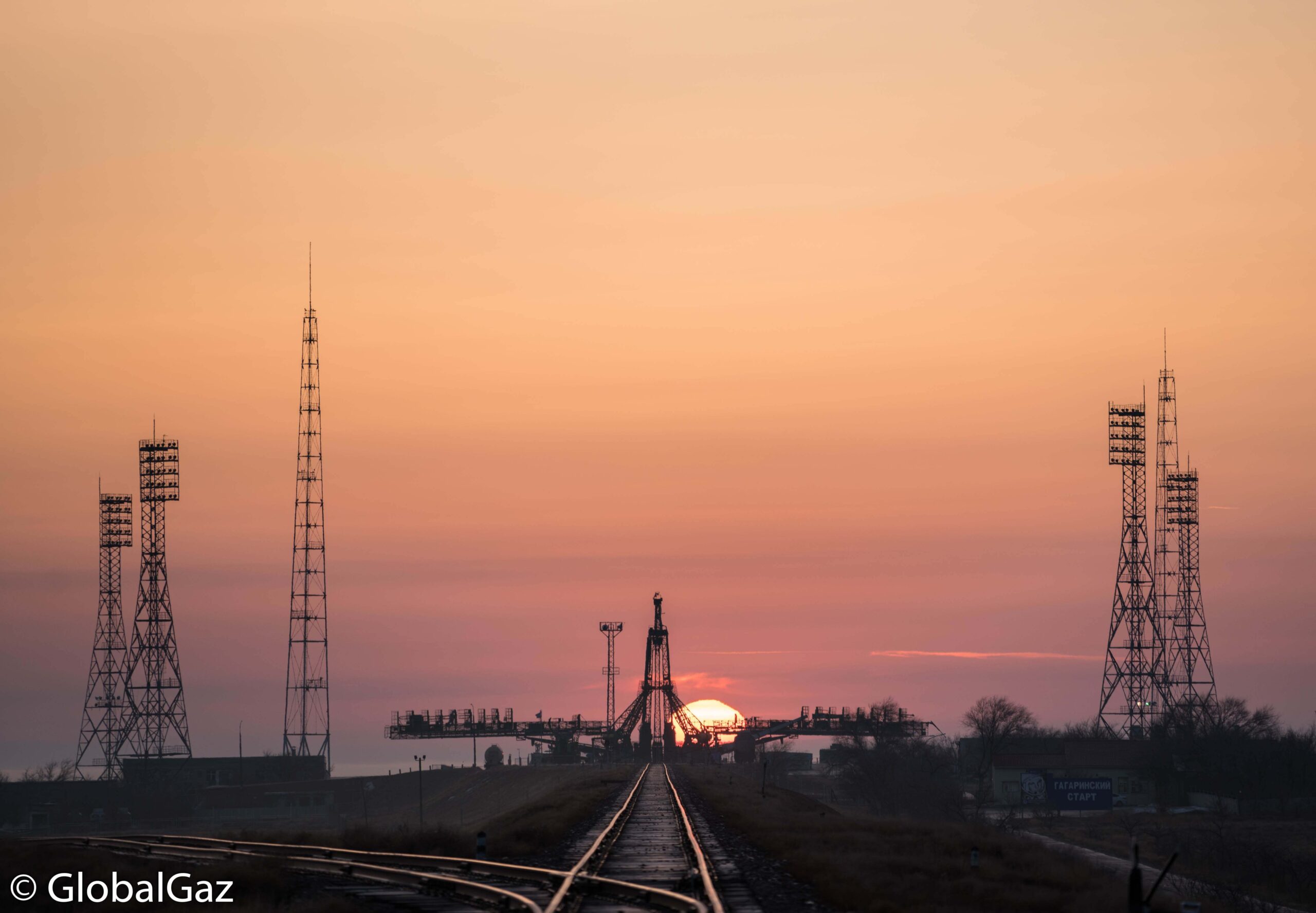
Soyuz rocket MS-08 at Gagarin’s Start, Baikonur, Kazakhstan; image: Ric Gazarian
TCA: Space embodies cooperation beyond geopolitics and national boundaries; with very strained relations between the West and Russia today, does what you viewed at Baikonur inspire hope that we can still work together here on Earth?
Gazarian: Well, that has been the beauty of these competing and sometimes cooperating programs. There has been common ground to combine efforts and collaborate. It will be extremely difficult for this previous extensive cooperation to continue into the future; but let us hope.
TCA: For considerably more money, Baikonur offers the next generation of space tourism in flights into space and living like a cosmonaut for ten days – is that on your bucketlist?
Gazarian: Of course, these opportunities would be amazing, but a bit beyond my budget. On my bucketlist now is to visit Russia’s newer space base, the Vostochny Cosmodrome.
This is part two of a three-part special on Baikonur. To read part one, click here. Join us soon for part three.
To read more about Ric Gazarian’s experience: “Five Days at the Russian Cosmodrome in Baikonur,” click here.
